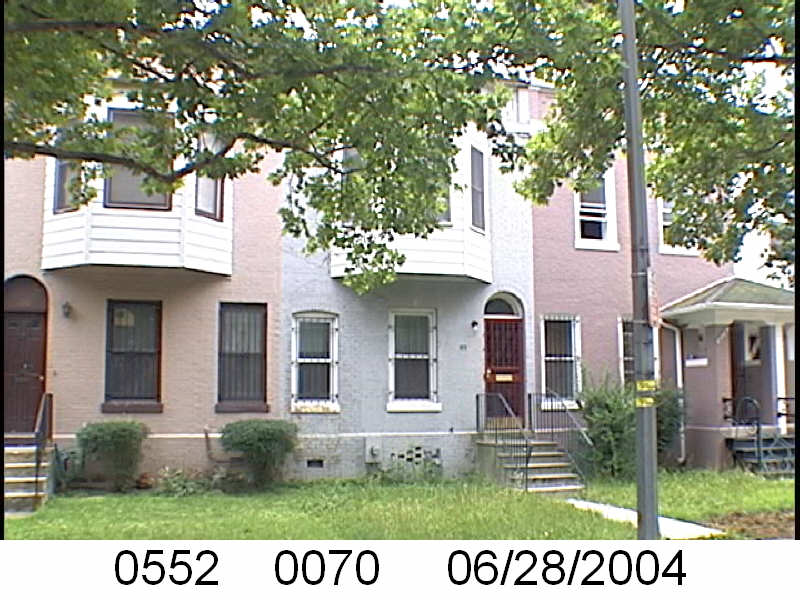The Washington Sanitary Improvement Company (WSIC) was a late 19th century charitable capitalism experiment that ended in the 1950s. This blog started looking at the homes that were supposed to be sold to African American home buyers, after decades of mainly renting to white tenants.
Looking at WSIC properties they tend to have a pattern where the properties were sold to a three business partners, Nathaniel J. Taube, Nathan Levin and James B. Evans as the Colonial Investment Co. for $3 million dollars. Those partners sold to African American buyers. There was usually a foreclosure. Then the property wound up in the hands of George Basiliko and or the DC Redevelopment Land Agency (RLA). Then there were the odd lucky ones who managed to avoid that fate.
Let’s see what happens with 227 Bates St NW:
- December 1950 (recorded Jan 18, 1951) Evans, Levin and Taube sold one-half of 227 Bates St NW to Ira Alquero.
- December 1950 (recorded Jan 18, 1951) Mrs. Alquero borrowed $2,525 from Colonial Investment Co. favorite trustees Abraham H. Levin and Robert G. Weightman.
- May 1951 Mrs. Alquero sold/transferred her half to Inez and James Foster.
- June 1951 Evans, Levin, and Taube sold the other half of 227 Bates St NW to John and his wife Vetra Bedney.
- June 1951 the Bedneys borrowed $2,525 from trustees Abraham H. Levin and Robert G. Weightman.
- December 1952 the Bedneys lost their half to foreclosure. Evans, Levin and Taube regained ownership via an auction.
- March 1953 Evans, Levin and Taube resold the foreclosed half to Farin and Maude G. Boykin.
- March 1953 the Boykins borrowed $3,226.75 from trustees Levin and Weightman.
- February 1963 Mrs. Alquero, and thus the Fosters, was released from her mortgage owning the property free and clear.
- August 1974 James Foster, the surviving spouse, added Janice Foster.
- May 1989 Farkin Boyden’s name was removed from the deed.
- September 1991 the March 1953 mortgage was transferred to a new trustee, Lillie Mae Payne and Mrs. Boykin was released from the mortgage.
Normally I stop things in the 1970s. The property finally fell under one owner, Maude Boykin, in 2002. One foreclosure but the property did not fall under the DC government, however there was an odd document ( 8000014566) involving the Bates Street Associates (BSA), Inc listed. However, there was nothing in the chain of title linking BSA Inc to 227 Bates.
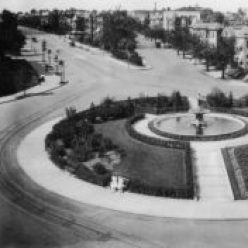


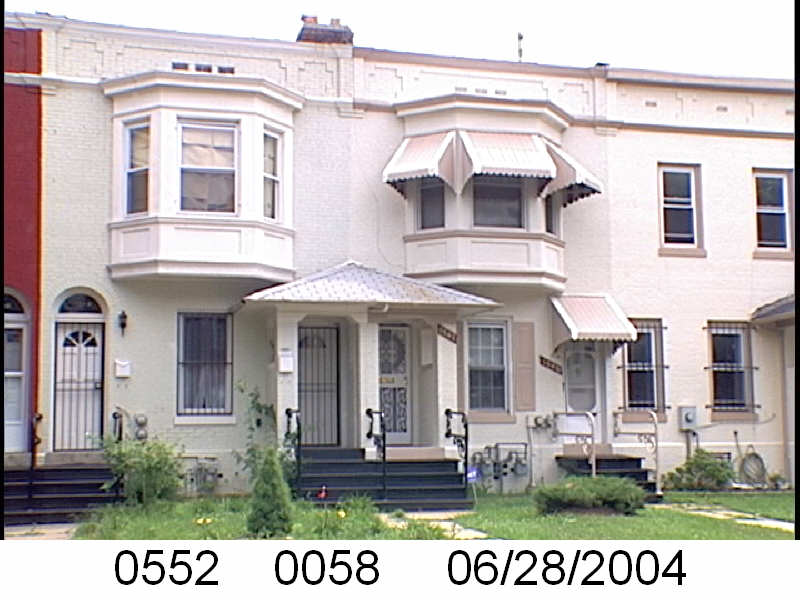
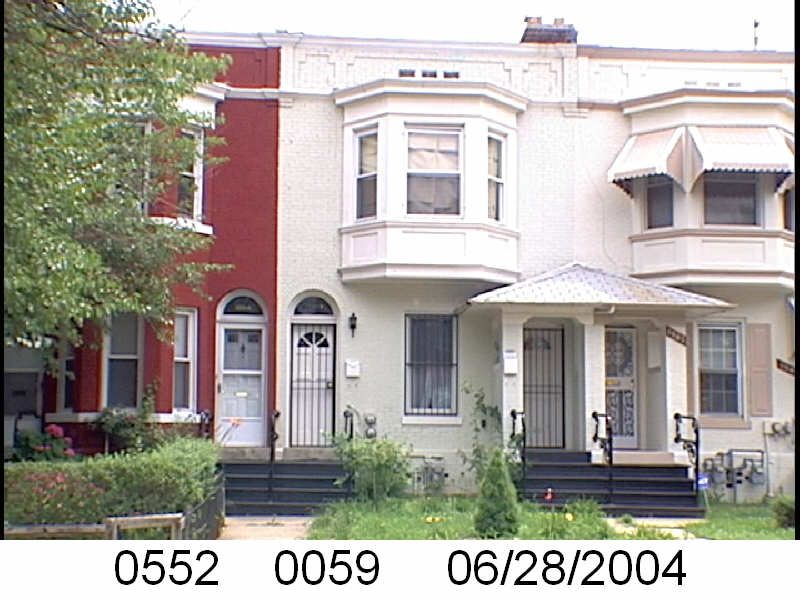


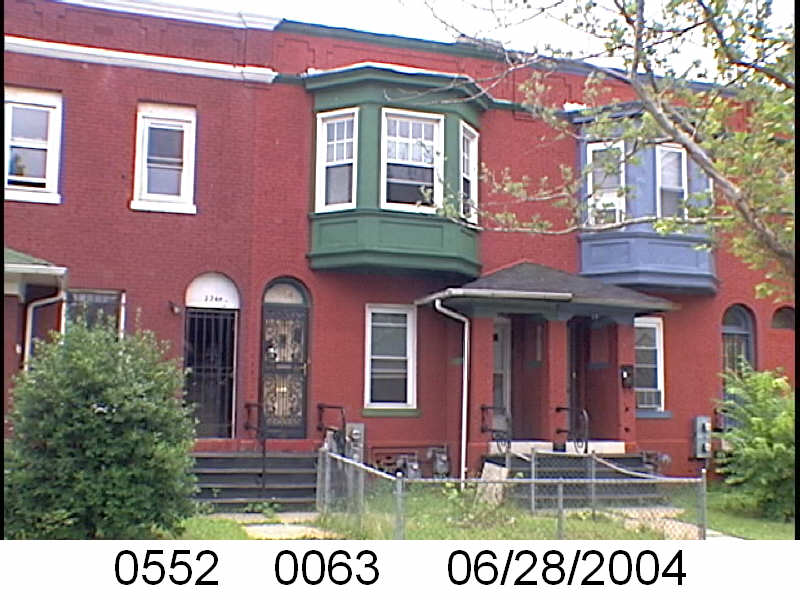
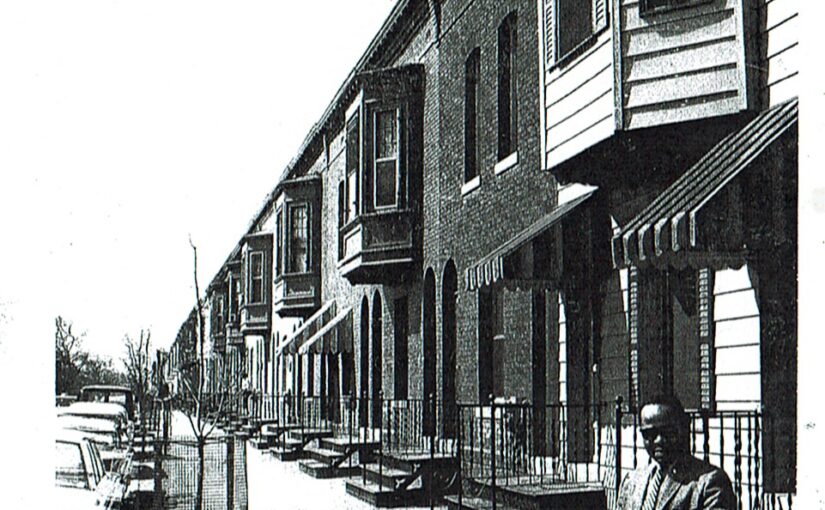
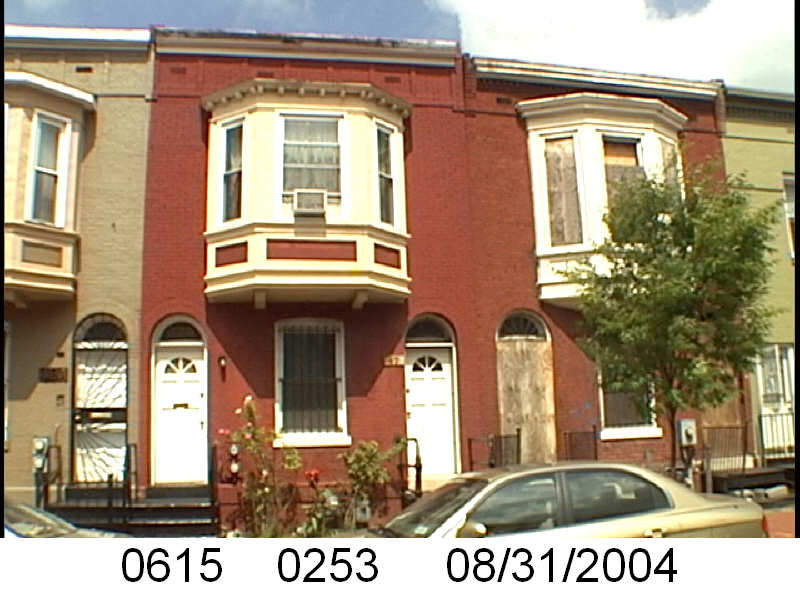 47 Bates Street NW
47 Bates Street NW